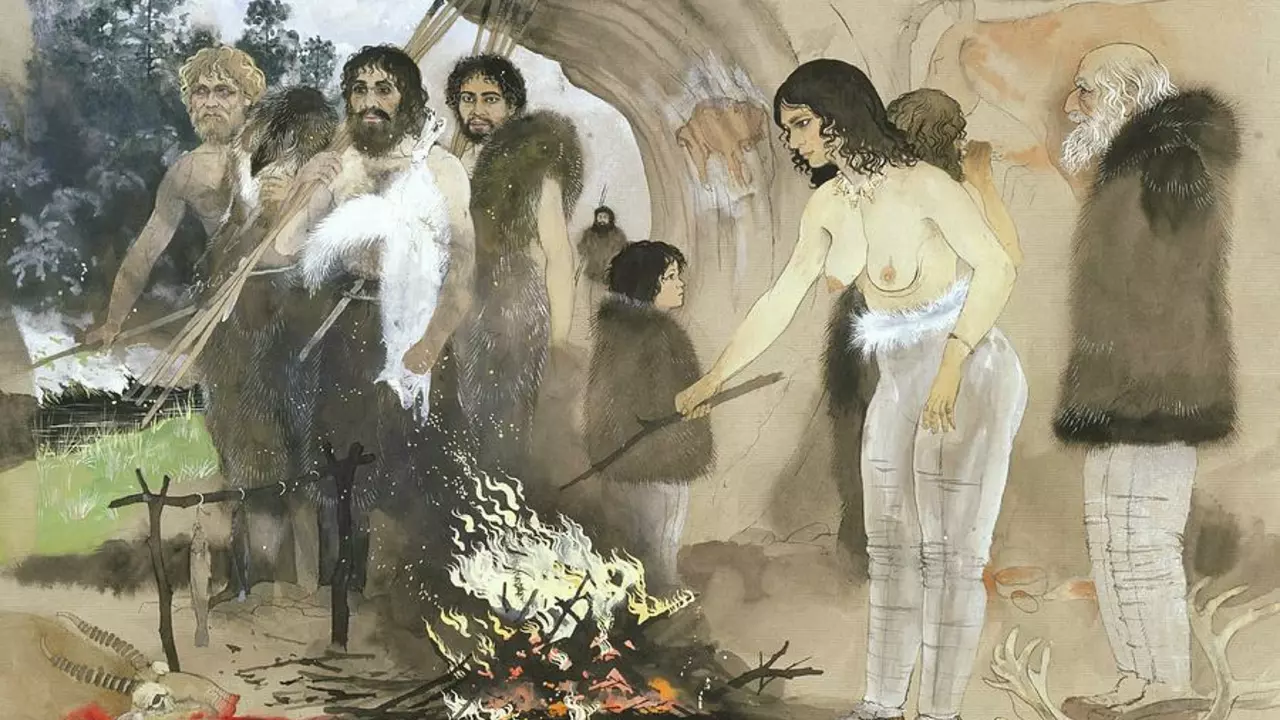Unraveling the Threads of Tradition
There's been a lot of talk about the supposed death of traditional arts. These rumours tend to be spurred on by the increasing digitalization of, well, just about everything. From the proliferation of digital art to the surge of e-books and online publishing, one could certainly say that traditional forms of art and express—like painting, sculpture, and print publication—face some degree of obscurity. But, as someone deeply invested in arts in all shapes and forms, I would argue that these changes do not spell the death of tradition, but rather its evolution.
The Evolution Rather Than Extinction
Let's take a closer look at digital art, for instance. Its rise has sparked debates over the validity of it being considered 'real' art. But isn't art, at its core, a way to express ourselves? Now, imagine an artist. They have an idea, a vision. This vision is so vivid and striking that they feel compelled to share it with the world. The artist then applies brush to canvas, or chisel to stone, or stylus to tablet, and creates. The point is: the medium in which the artwork is created does not define its worth and beauty. In fact, the advent of digital art has undeniably expanded the opportunities available for artists to express themselves.
The digitization of literature, too, has seen much criticism. I still remember walking into the local bookstore with my wife, Penelope. The smell of old and new books mixing together, the sound of turning pages, the tangible thrill of an unread story in our hands – it’s something that an e-book could never replicate. However, being able to carry a whole library in your pocket and having access to a wider range of authors than physical stores can ever stock are undeniably fantastic advantages of digital literature.
The Resilience of Traditional Arts
Traditional arts are not vanishing – they're adapting. Just look around you. Despite the rise of e-books, physical books still line shelves in our homes, libraries, and bookshops. Record players and vinyl records have seen a resurgence. My daughter Elara, an avid reader and vintage enthusiast, collects old books and records. Even my younger son, Orion, who rarely ventures outside his digital world, enjoys the satisfying click of a typewriter over a touch keyboard sometimes. Yes, digital formats have taken over, but the charm of traditional arts remains unvanquished.
A Personal Tapestry
Personally, I have woven my own tapestry of arts, balancing the traditional and the digital. I love the simplicity of doodling with a pen on a blank page as much as I enjoy creating complex digital designs that would be impossible to do by hand. Writing this blog, even, is a testament to that. While the platform is digital, the art of writing, the essence of storytelling, is as old as human civilization itself.
Reviving the Old Arts
There are numerous ways in which we can continue supporting traditional arts amidst the digital revolution. Visiting art galleries, buying physical books from local stores, showing appreciation for traditional performances are just a few examples. At the same time, we need to stop conflating the evolution of art with its extinction. As someone rightly said: "Digital art didn't kill traditional art, it saved it."
Fanning the Flames
If you're an artist, keep creating. If you’re a lover of the arts, keep appreciating. And remember, whether it's pen on paper, brush on canvas, or stylus on screen, art is art. Each medium is simply a different outlet for our creativity to flow. So, I encourage you to fan the flames of tradition, while also opening your minds to the possibilities of the new. After all, the best way to honor tradition is not to freeze it in time, but to allow it to evolve with us. As I leave you to ponder on these words, I am reminded of an interesting incident involving our pet Border Collie, Max, and Siamese cat, Theia. Max, being the playful and curious fellow, managed to get his paws on some of Elara’s paint and ended up creating his own version of ‘pawcasso’ on our living room floor. Theia, on observing this, gave us all a look that could only be interpreted as a silent critique of Max’s abstract art. But that is a story for another time.
